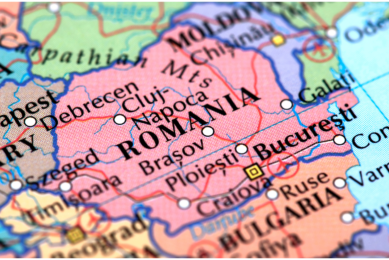Italy’s swine industry reorganises: Less farms, more pigs

The Italian swine business has been industrialising rapidly in the first decade of this century. While 83.3% of the country’s pig farms disappeared, the total number of pigs in Italy grew by 8.5% and the average number of pigs per farm grew by over 500%.
The Italian Agricultural Census pointed out that in the year 2000, Italy counted 156,818 pig farms, while ten years later, only 26,197 were left – mainly located in the island of Sardinia (4,860), and the regions Lombardy and Calabria. In Lombardy, 100-150 km south of Milan, in the North, 2,642 farms were left in 2010; in Calabria, in the far south of Italy, 2,193 farms were counted.
Swine farms
The majority of swine farms can be found in Northern Italy: Lombary, Emilia-Romagna, Piemonte and Veneto together account for the growing of over 84% of Italian pigs. Most of these are used for the production of official Parma ham (see picture) and San Daniele ham.
The contraction certainly did hit the industry in Northern Italy hard. In Lombardy alone, the country’s most relevant area for Protected Designation of Origin (PDO) hams, with over 4.7 million pigs, about 60% of farms disappeared.
Despite the dwindling numbers of farms, the numbers of pigs, however, did increase. Numbers in 2000 were 8,603,141, whereas ten years later, an 8.5% rise could be observed as then 9,331,314 head were counted. Consequently, the average pig farm had increased from 55 pigs to 356 – a rise of 549.3%.
Italy therefore is going through a relevant reorganisation of the farms, from small and family style ones to industrially produced pork.
Difference
There is a difference with industries in other EU countries (i.e. the Netherlands, Denmark or France), which could present itself as troublesome for Italian sector. Too often producers and processors disagree – a situation large retailers happily profit from. Only 14% of the entire value chain belongs to farmers and this vacuum is sometimes filled by large feed manufacturers.
The added value of swine production has increased by 14% between 2010 and 2012. Andrea Cristini, president of the Italian National Association of Swine Breeders (Anas) warned: “We can’t forget that feed costs have risen by 24% – and the outlook of cereals prices worry us.” (by Matteo Bernardelli)











